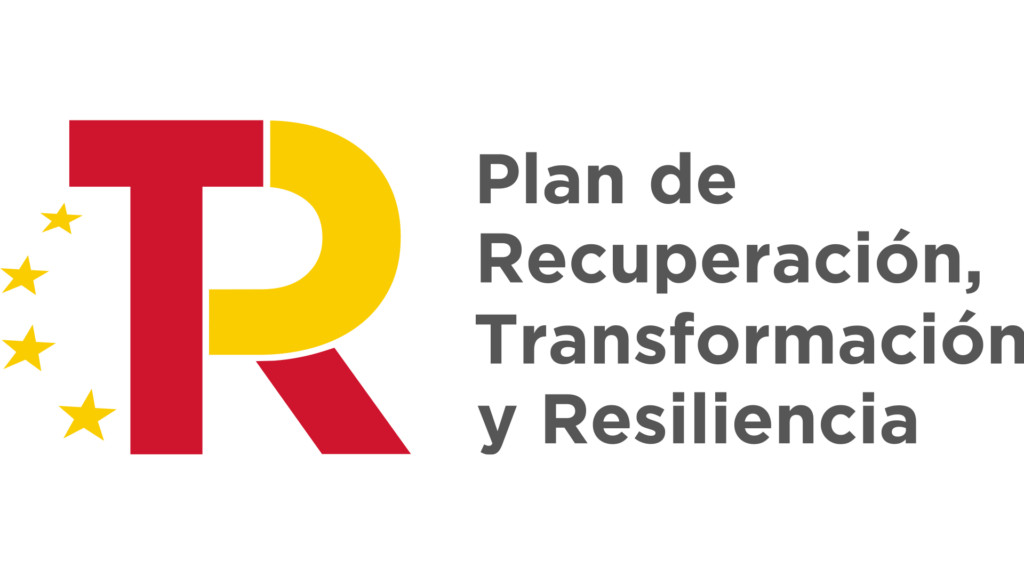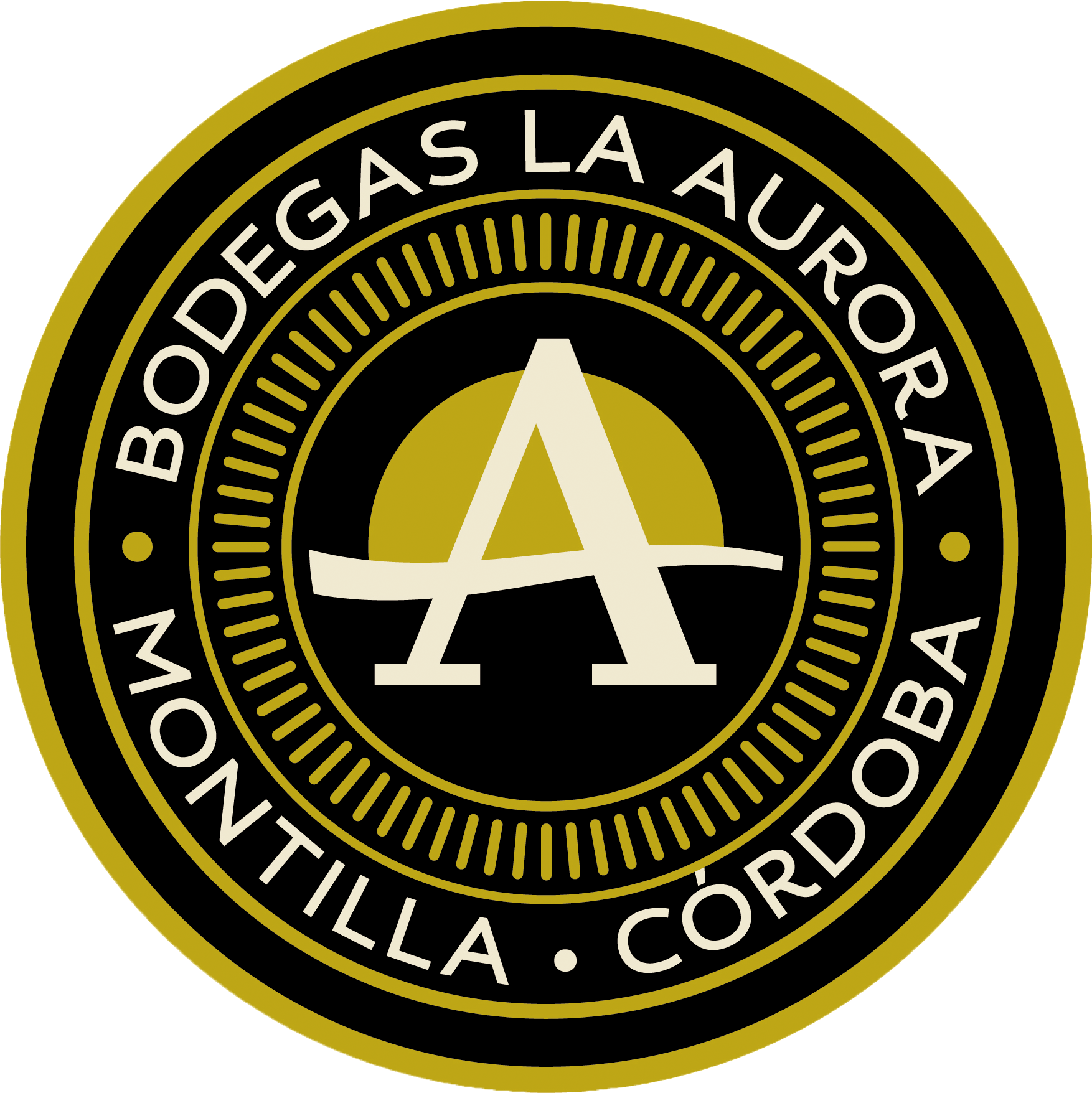What is unrooting a vine graft and how is it done?
Hello! This week I return to agricultural work in this area of Montilla and I ask you, Do you know what it means to untrench a vine graft and how it is done? If you know what I’m talking about, I would like you to continue with the article in case you have to correct me or add something, and if it doesn’t resonate with you when I tell you, unrooting a vine graft, it would be a good time to learn something new about this area of Montilla-Moriles.
In case you are new to this blog and you like topics related to agricultural work, I recommend that you look at the category dedicated to this subject by clicking here, you will surely find and learn very interesting tasks related to this Montilla-Moriles area.
What is unrooting a vine graft?
When in this area we talk about untrenching a vine graft, we are referring to the process of eliminating the trenches or superficial roots that arise during the first years in grafts that are made in a wedge.
I already told you some time ago in this same blog, how a wedge graft is performed, well, the process of untangling is carried out with this type of grafts since the entire spike is completely buried during the first years of life.
When the spike is completely buried, it begins to produce roots that must be cut so that the vine graft is forced to use the roots found in the plant or rootstock, which are adequate to feed the future strain. because of the depth at which they are found.
Depending on who you talk to, unstretching is also commonly called constricting, the “d” is usually lost.
How and when is a vine graft unrooted?
The cutting is carried out the following year after the vine graft has been carried out and during the same time, around the months of January, February or early March, it is not advisable to carry out this work when the sap begins to be removed (end of March, early April), since all the cuts made to the vine will cause sap bleeding that will greatly harm it.
To carry out this work it is necessary to have a legon or hoe, a razor or knife and a rope.
The first thing to do is remove the fork that holds the graft and uncover with the hoe or leg the part of the graft that reaches the glue.The glue is usually known here as the union of the spike to the plant and the first year it is distinguished by the esparto that has served to tie the spike to the plant, this esparto must be eliminated along with the duffle coats to avoid possible subsequent hanging of the graft.
Next, we must cut all the duffle coats that exist from the tail to the head or aerial part, including, as I said above, the esparto grass, if it is the first year in which this task is carried out.

Once the duffle coats have been removed, the fork is inserted again to continue guiding the graft and prevent it from twisting or tipping to one side.

The cutting ends up with the graft being roped to the fork and burying most of the shank again.

This work is usually repeated during the first three or four years of life in wedge grafts, basically because they are usually buried until the trunk (spike) of the graft reaches a sufficient thickness that serves to support the aerial part of the vine and inclement weather.
I hope that the information I have shared with you today is of interest to you and helps you learn what it means to unroot a graft and how it is done. All the best!
By Rafael Espejo.
Bodegas La Aurora S.C.A.
Avda. de Europa, 7 Montilla Córdoba 14550
Tél: 957 650 362
Tél: 957 654 642
Email: administracion@bodegaslaaurora.com
Information





